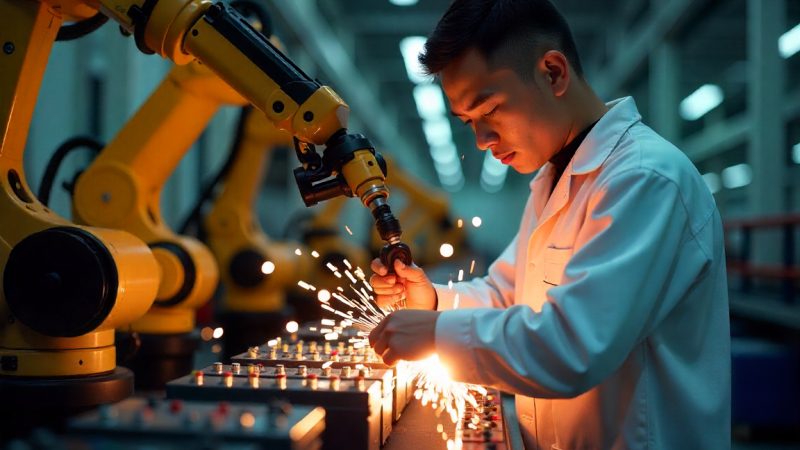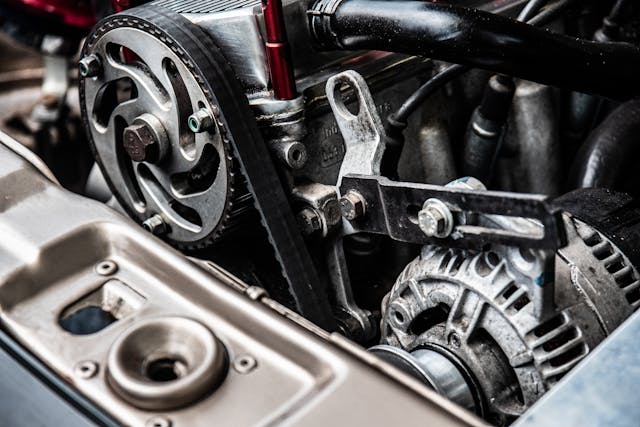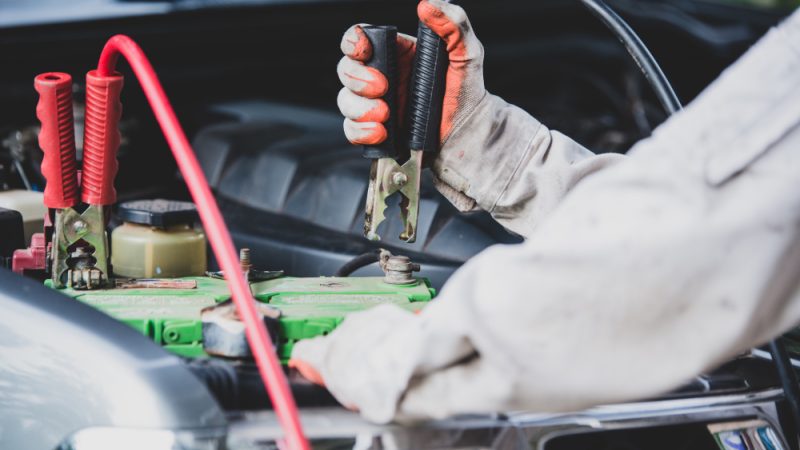8 tips that are important to improve reporting during automated vehicle inspections
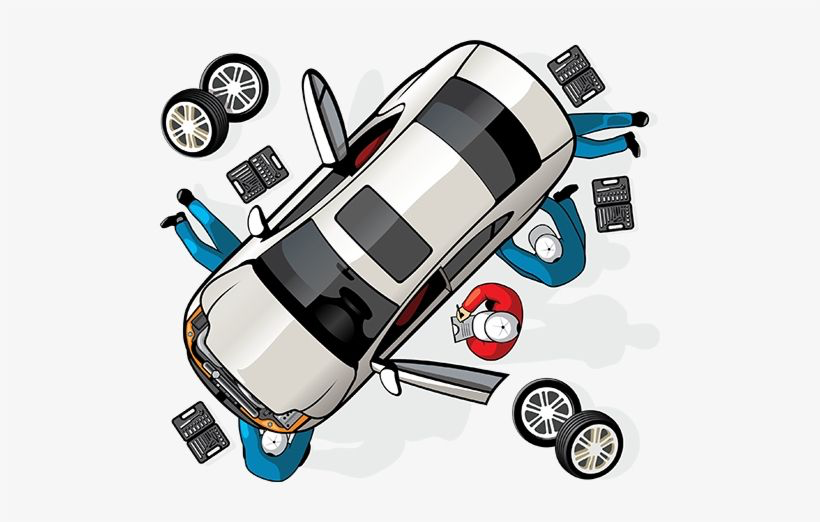
Vehicle inspections are essential for various industries, such as motor insurance, fleet management, car leasing, etc. Because of major advancements in AI and technology, this traditionally manual process can be easily automated, which can help to save time and resources while also improving accuracy.
While AI-based vehicle inspections can overcome many challenges involved in manual inspections, the quality of the reports generated is highly dependent on the quality of images and videos captured during the inspection process. Even the most advanced AI models can only analyze what they clearly see.
In this article, we will look into eight points to keep in mind for capturing high-quality images and videos to improve reporting during automated vehicle inspections. Let’s dive in!
Why image quality matters during automated vehicle inspections
Capturing high-quality images is vital for an AI model to detect damage to a vehicle precisely during the inspection process. Ensuring that every detail is captured correctly results in better-quality reports without false positives or negatives.
Low-quality images or those that contain unwanted information can mislead the AI model, causing it to detect the damage that doesn’t actually exist in some of the scenarios. Poor image quality can also increase your overall effort since you may need to repeat the entire process again.
To avoid these issues and ensure accurate, efficient inspections, follow these eight tips when capturing images or videos during the automated inspection process.
1. Ensure sufficient space to maneuver around the vehicle.
Capturing your vehicle from each angle is truly crucial which helps to ensure there are no blind spots during the inspection process. Tight spaces can be a significant limiting factor in these situations.
It is advisable to move your vehicle to a more open area with enough space to walk entirely around it. This allows you to document all sides of the car properly, ensuring the AI model receives enough visual information to give and conduct an accurate damage assessment.
Sufficient space also helps you to maintain proper distance and angles when capturing images which can further enhance the quality of the inspection data.
2.Ensure Proper lighting conditions
When one is choosing a spot for a vehicle inspection, always ensure that the surrounding is properly illuminated. Capturing images in low light conditions can make it difficult for AI models to detect damage accurately, potentially resulting in some damaged areas to go completely unnoticed.
Good lighting allows the AI to identify and report more details that are clearly visible on the vehicle. Natural daylight often provides the best illumination for vehicle inspections, but if that is not available, ensure that you have adequate, evenly distributed artificial lighting that doesn’t create strong shadows or glare.
Proper lighting is particularly important for detecting subtle damages like small scratches or paint imperfections that might otherwise be missed in dim conditions.
3. Account for micro damages
Micro damages– tiny scratches, dents, and scuffs are often barely visible even to the human eye. Identifying to the human eye.
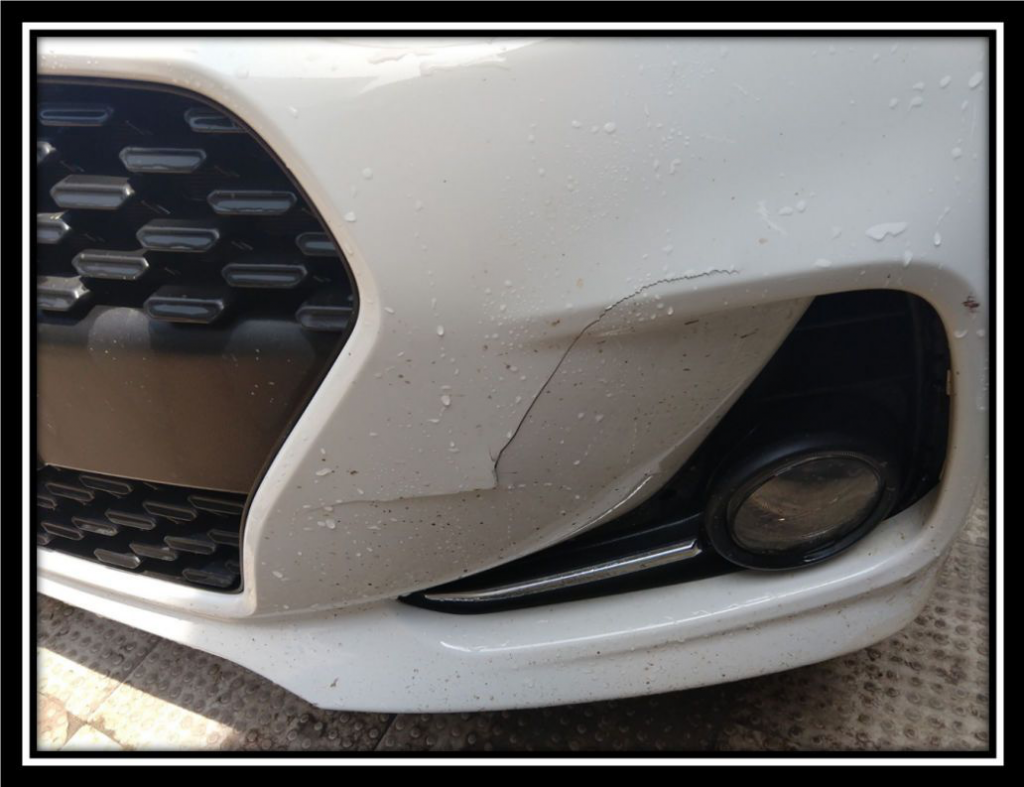
Minor damage is even more challenging when using images due to their small size. However, capturing these micro damages is crucial for generating a detailed inspection report. The best approach is to move closer to the damaged area or use your camera’s zoom feature when documenting these small, minor damages.
By clearly capturing these small damages, you have to ensure that they will be properly identified and included by the AI model during the inspection process, preventing disputes or surprises later.
4. Avoid strong reflections
Vehicle surfaces are inherently defective, which can cause false positives or negatives if nor properly accounted for during the inspection process.
For example, the image might capture a reflection of a nearby object (like a pole or building) on the car’s surface, which can potentially be time-consuming for the AI model to record that the reflection is damaged. Alternatively, reflections might also sometimes mislead the actual scratches or dents on the vehicle, causing the AI to think that it is not actually damaged.
This is the reason that we should keep in mind and be aware that there should be no strong reflections visible on the vehicle while capturing images and videos. This will need adjusting of some factors during the inspection process like changing your location or position, the vehicle’s position, or the lighting conditions to minimize reflective interference.
5. Minimize shadows on the vehicle
Similar to reflections, shadows can confuse AI models and lead to false positives or negatives during inspection. While proper lighting can address many shadow-based problems, certain scenarios may still create shadows that may affect the image quality.
When shadows fall across a vehicle’s surface, they can either mask actual damage or create patterns that the AI might misinterpret as damage. This is particularly problematic with sharp defined shadows from objects such as trees or buildings and much more.
One should position the vehicle where the shadows are minimized and adjust the inspection timing to when shadow interference is least likely. If shadows are unavoidable, capturing additional images from slightly different angles to provide the AI with multiple perspectives can also help.
6. Capture all necessary vehicle details
License plates, odometer reading, VIN numbers and other relevant documentation are essential components of a thorough car inspection. These details help to identify important information such as the make, and the ownership of the vehicle.
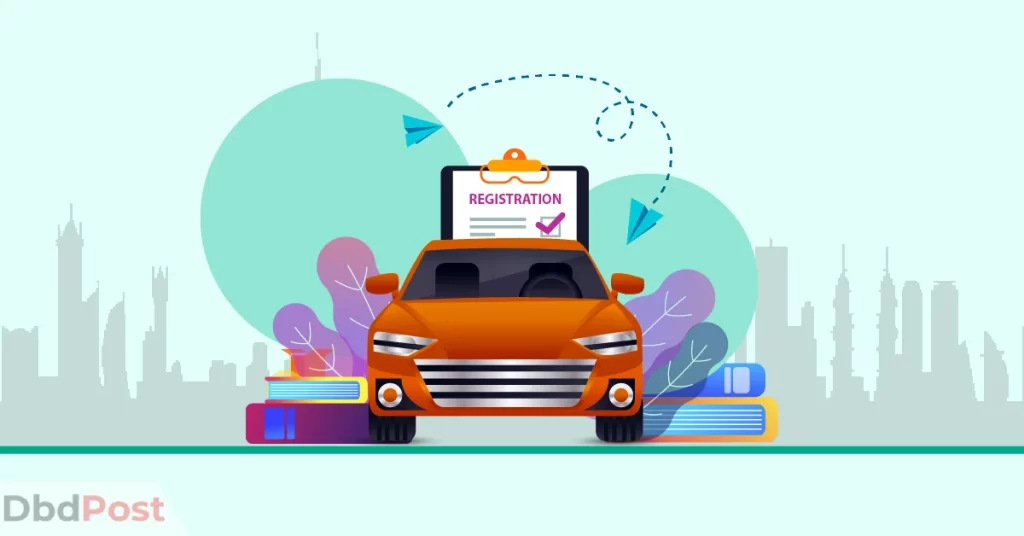
The make and model information is very important for generating accurate repair estimates, while ownership details are necessary for verification during insurance claims. Capturing these details is standard procedure during vehicle inspections, and omitting them will result in incomplete reports.
It is crucial to ensure that you take clear, legible images of all the relevant information markers and documentation as a part of your automated inspection process.
7. Avoid abrupt interruptions during recording
A common strategy for fraud is to swap vehicles during the inspection process and use various camera tricks, including briefly removing the vehicle from the frame. AI models often flag these interruptions as potential fraud attempts.
To maintain credibility in your inspection documentation, avoid any interruptions or abrupt movements while recording the vehicle. Keep the car visible in every frame while capturing images and videos to ensure that the AI doesn’t flag the inspection as potential tampering.
Smooth, continuous documentation helps to establish trust in the inspection results and prevents unnecessary complications or delays while processing of the inspection.
8. Keep the vehicle in sharp focus
Blurry images or videos create significant challenges for AI models attempting to assess vehicle damage. When the vehicle is out of focus, the system struggles to identify details accurately, potentially generating incorrect reports.
Always ensure that your camera is properly in focus on the vehicle before capturing the images as this is very crucial. Also, take a moment to check image clarity before proceeding, and recapture any blurry images immediately if necessary.
Most modern smartphones and cameras feature autofocus capabilities, but it’s still worth verifying the focus quality, especially when documenting small and minor damages that require precise visual information.
How companies are improving automated inspection accuracy
While today’s AI models aren’t perfectly 100% precise in damage detection, leading companies are implementing measures to overcome common challenges and enable more reliable reporting during the inspection process.

For instance, Inspektlabs has developed a damage inspection app with built-in guidance features that direct users toward a proper image and video capture. The app also provides a feature of real-time feedback on image quality with suggestions for improvement, and this is very helpful as it allows the users to immediately make corrections and capture necessary information with accuracy.
Following these guidelines ensures that the whole inspection process can be done in under five minutes, along with a detailed report, which is generated within seconds. This small additional effort in capturing quality images is really helpful in significantly increasing accuracy and efficiency.
Conclusion
High-quality images and videos are a core element of conducting successful automated vehicle inspections. By keeping in mind these eight steps, you can significantly improve the accuracy of AI-generated inspection reports while minimizing the need for repeat assessments.
Even the top AI models rely on clear, comprehensive visual data to generate accurate results. Taking the time to ensure proper lighting, positioning, focus, and documentation can lead to more reliable inspections, fewer disputes, and a smoother overall process for all the parties involved.
As AI technology continues to evolve, proper image and video techniques will remain essential components of effective automated vehicle inspections across the insurance, fleet, and management industries.


